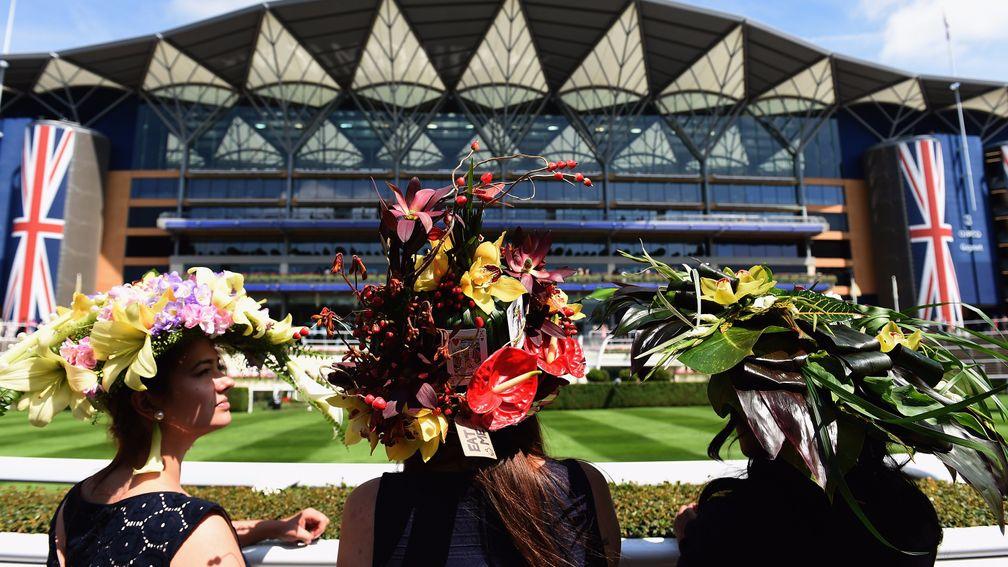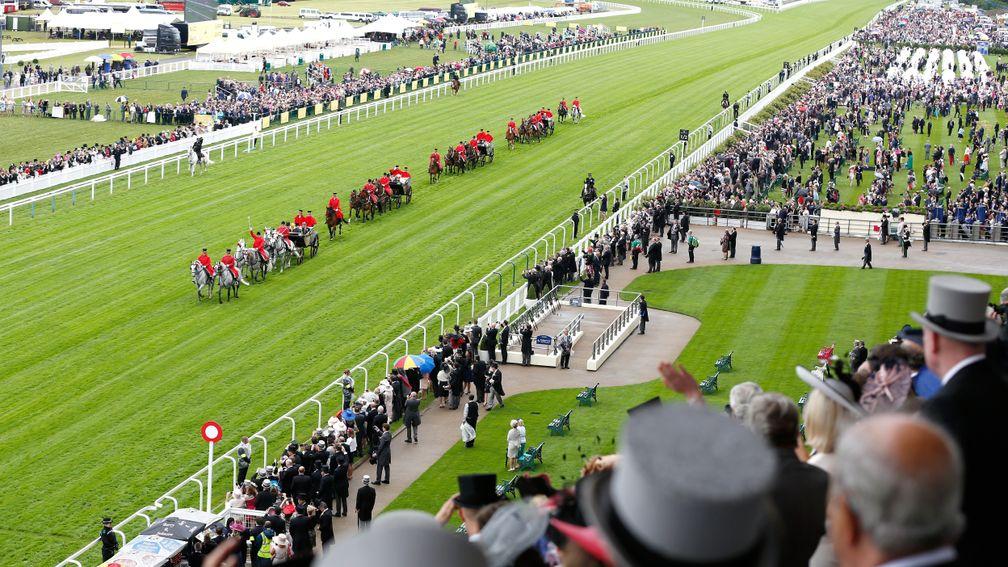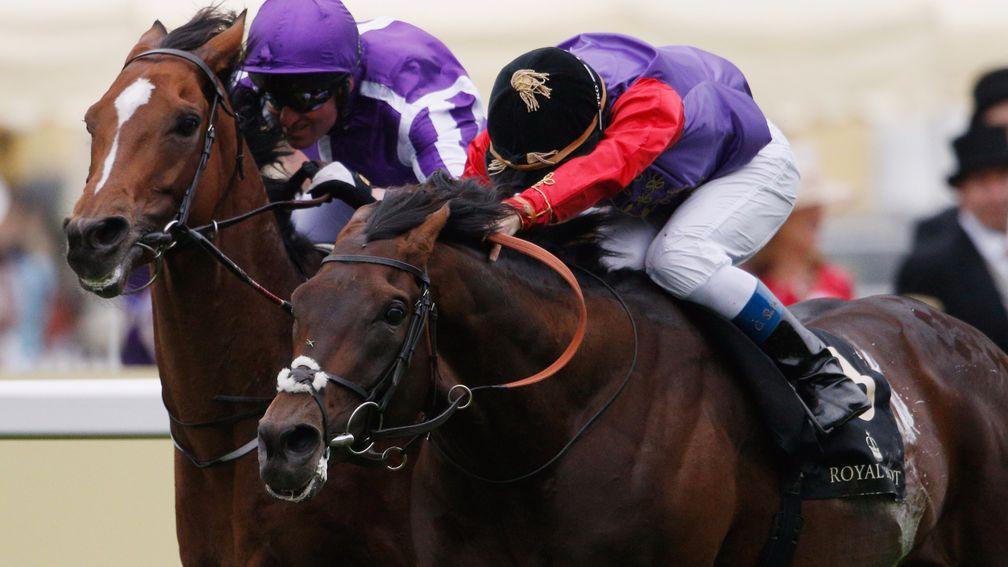Ascot: setting the standards for more than 300 years
Lewis Porteous with some nuggets on a course with a rich tradition

1 It was Queen Anne, in the early part of the 18th century, who first saw the potential for a racecourse at Ascot, which in those days was known as East Cote. While out riding she came upon the area of open heath, not far from Windsor Castle, considering it an ideal place for "horses to gallop at full stretch".
2 The first race meeting ever held at Ascot took place on August 11, 1711. Her Majesty’s Plate, worth 100 guineas and open to any horse, mare or gelding over the age of six, was the inaugural event. Each horse was required to carry a weight of 12st and seven runners took part. The race consisted of three separate heats that were four miles long, although there is no record of the eventual winner.
3 The precise origin of the royal meeting is unclear but the first four-day meeting took place in 1768. Arguably, the meeting as we know it today started to take shape with the introduction of the Gold Cup, Ascot’s oldest surviving race, in 1807. The Gold Cup is one of only three races during Royal Ascot where the trophy is kept by the winning owners, the other two being the Queen’s Vase and Royal Hunt Cup.
4 In June 1791 Ascot staged the first handicap race, where weights were adjusted according to each horse's form to give them, in theory, equal chances. The landmark race was named the Oatlands Stakes and set the foundations for the current system of handicapping.
5 Parliament passed an Act of Enclosure in 1813 to ensure that Ascot Heath, although the property of the Crown, would be kept and used as a racecourse for the public in the future. The Master of the Buckhounds continued to manage the races and the racecourse – just as it was more than 100 years before. The role of Master of the Buckhounds was dissolved in 1901 in favour of the King’s representative, with Viscount Churchill the first to undertake the new role.

6 The Royal Enclosure was born when King George IV commissioned a two-storey stand to be built with a surrounding lawn in 1822. Access was by invitation of the King, and guests were entertained in style. However, King George IV’s greatest legacy to Royal Ascot was the Royal Procession, which he introduced in 1825 and remains an integral part of the meeting to this day. It was not until 1908 that the Five Shilling Stand, later known as the Silver Ring, was introduced.
7 Racing at Ascot was cancelled in 1940 due to the Second World War. The racecourse was commandeered by the army, the grandstand providing accommodation for gunners of the Royal Artillery. Racing resumed at the royal racecourse on May 15, 1943, while the first post-war meeting was staged on May 21, 1945, with the 19-year-old Princess Elizabeth attending for the first time.
8 Ascot’s first major redevelopment came in 1954, with the relocation of the straight mile to allow more space behind the stands. Seven years later the grandstand was demolished and the Queen Elizabeth II Stand was built. It took 11 months to construct by 550 workers and cost £1 million. The stand represented a state-of-the-art facility at the time, accommodated 13,000 people and had 280 private boxes.
9 To mark the Queen’s Golden Jubilee in 2002, Royal Ascot was expanded to five days. In addition, the newly promoted Cork & Orrery Stakes became the Group 1 Golden Jubilee Stakes. It was renamed again as the Diamond Jubilee Stakes in 2012.

10 The racecourse closed for major redevelopment in September 2004, with radical plans to replace the Queen Elizabeth II Stand, along with a further movement of the track. During the redevelopment, the royal meeting was staged at York. Having spent £220 million on the work, the new Ascot – with its vast grandstand – was officially reopened by the Queen on June 20, 2006. Since then, Yeats has established a record of four Gold Cup wins, Estimate has landed the Queen’s Vase and Gold Cup for the reigning monarch and, last year, Dartmouth provided the Queen with a Royal Ascot winner in her 90th year.
Published on 17 June 2017inFeatures
Last updated 18:10, 17 June 2017
- Government says it is working 'at pace' to have white paper measures in force by the summer
- 'The only thing you can do is lie fallow and regroup' - Meades to return with scaled-back operation following blank period
- The Gambling Commission has launched its new corporate strategy - but what are the key points?
- 'It was tragic it happened to Paddy but it was a good thing for the jockeys who followed - good came out of bad'
- Acquisitions, exits and retail resilience - what we learned from Flutter and 888's results
- Government says it is working 'at pace' to have white paper measures in force by the summer
- 'The only thing you can do is lie fallow and regroup' - Meades to return with scaled-back operation following blank period
- The Gambling Commission has launched its new corporate strategy - but what are the key points?
- 'It was tragic it happened to Paddy but it was a good thing for the jockeys who followed - good came out of bad'
- Acquisitions, exits and retail resilience - what we learned from Flutter and 888's results